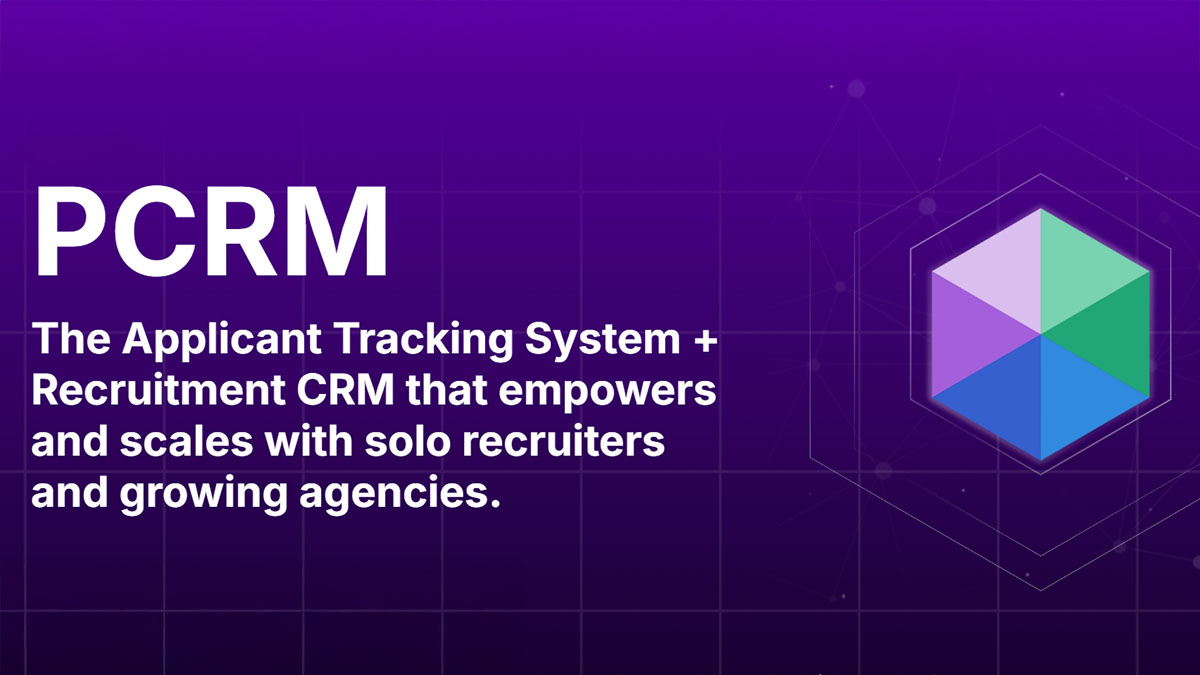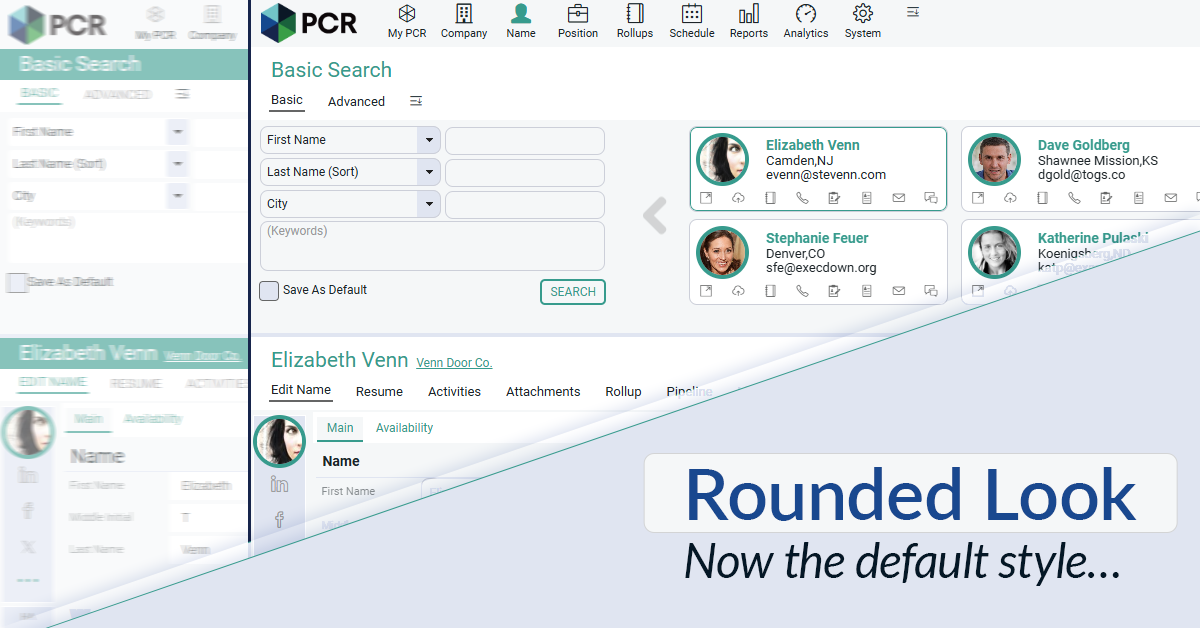Staffing software and other workforce management solutions have helped make shrinking employee staffs more efficient amid the current recession.
The manufacturing industry is one that has been dramatically effected by the current state of the economy. The industry has seen a drastic decrease in production and a large increase in the need to layoff more employees than usual.
One way manufacturing companies are getting around the problem of having a much smaller workforce is by using some form of staffing software. This type of software helps companies maximize the productivity of the employees that do remain.
Proof of its increased need, sales of staffing software and other workforce management software increased during 2008. DMG Consulting President Donna Fluss said she expects the software market to continue growing during the near future, along with the need to provide a better customer experience, improve productivity and control costs.
“Workforce management continues to be one of the most important contact center productivity tools,” Fluss told Manufacturing Business Technology. “By optimizing the use of the new generation of management solutions, contact centers can reduce staff related costs by 10 percent to 20 percent, enabling companies to come through the recession with minimum impact on service levels and the customer experience.”
One of the biggest costs to companies is labor, and although layoffs are a quick way to reduce costs, companies want to get the most value they can out of remaining employees, especially when budgets are tight.
Briggs & Stratton, a Milwaukee-based producer of air-cooled gasoline engines for outdoor power equipment, is just one company that has seen the positive benefits of staffing software. The company’s replacement parts division handles 70,000 to 75,000 SKUs representing $40 million to $45 million in inventory.
During the past, the company had no standardized way for associates to complete their jobs or measure productivity. However, Briggs & Stratton realized it could gain more productivity if it standardized work methods, set goals and measured results.
The company did so by implementing a staffing software solution, and has since been able to reduce its workforce by 20 percent and increase throughput at the same time. Briggs & Stratton estimates the software has saved the company about $1 million so far.

PCRM — the CRM and Recruitment ATS hybrid built specifically to empower and scale with solo recruiters and growing agencies — is now available.
Read more
Recruitment professionals are facing a new challenge in today’s digital landscape: scammers posing as legitimate recruiters. These scammers are increasingly targeting remote work job seekers, causing some candidates to become wary of all recruitment outreach.
Read more
The Rounded Look for inputs and navigation elements has been made the default style throughout PCR. This rounded style can be combined with any of the seven color themes.
Read moreFind out more about who we and what we do.